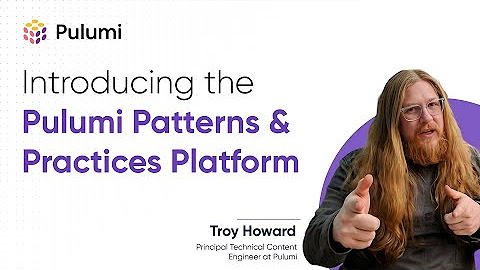Pulumi Docs
Pulumi is an open source platform for automating, securing, and managing cloud resources, configuration, and secrets, using your favorite programming languages.
Featured Products
Clouds
Pulumi IaC supports AWS, Azure, Google Cloud, Kubernetes, and 120+ packages.
Why Pulumi?
Pulumi can help you automate, secure, and manage everything you run in the cloud. Unite your development, infrastructure, and security teams with modern infrastructure as code and secrets management.
PulumiTV Featured Playlists
If a picture is worth 1000 words, these videos deliver information at 30fps. So, that's like reading 30000 words a second.
Support
We’re here to help! Try reviewing our FAQ or reach out at support@pulumi.com.
Community and Free Tier support
Enterprise and Business Critical support
Pulumi provides a range of support options such as dedicated 24x7 support, premium training, onboarding, and professional services. Please see our pricing page for the support options available. To open a support ticket or view service status, please visit our enterprise support portal.


